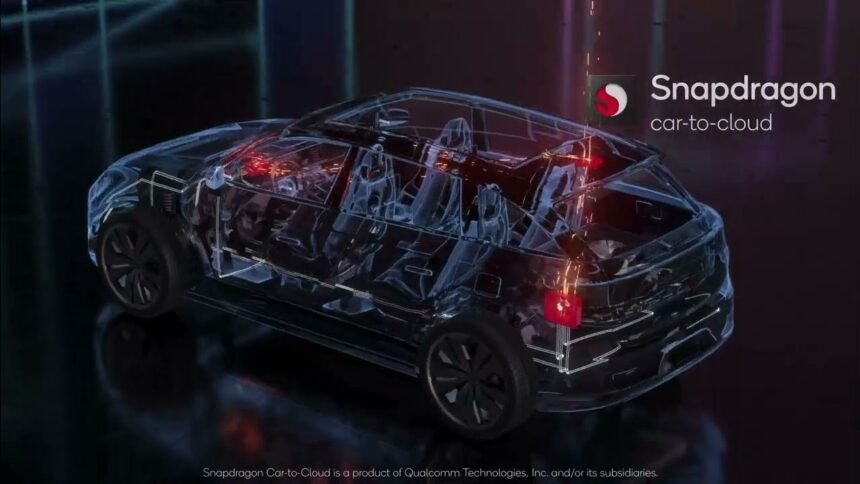Automakers have been reimagining the future of transportation for some time now, with software and artificial intelligence (AI) at the core of their vision. Popularized by the launch of ChatGPT, a new wave of generative AI is now transforming the cockpit. Conversational digital assistants are beginning to harness this new technology to create unparalleled in-cabin experiences and build more personalized relationships between auto brands and their customers.
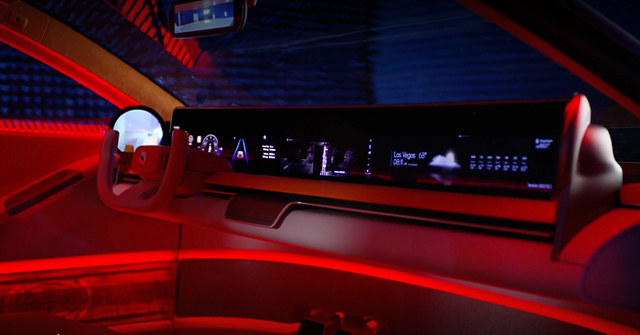
The voice tech advantage
These days, most new cars roll off the line with voice technology built in as a central feature. And — as talking is faster than typing — voice is potentially the most relevant interface in this new world of generative AI, enabling safer driving experiences and fewer distractions.
We already say, “turn the heat up,” “navigate home” and “call mom.” These voice commands make a solid starting point from which to progress to more complex requests like: “Take me on the most scenic route and point out some beautiful spots along the way,” or “Place an order from my favorite Italian restaurant to arrive at my door just after I pull into the driveway from picking up the kids at soccer practice.”
When re-trained in the cloud for automotive-specific use cases, AI models can drive higher levels of engagement, keeping automakers and service providers connected to their customers throughout the vehicle’s lifecycle.
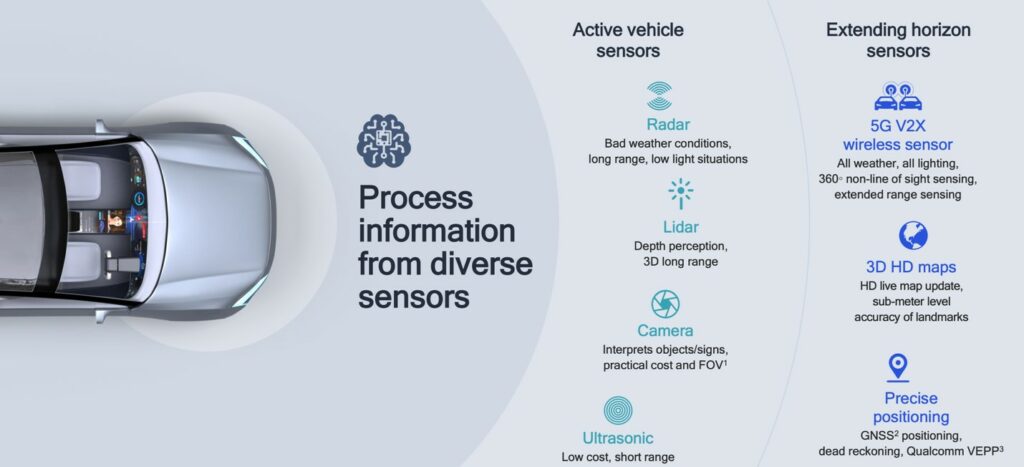
Marrying next-gen software with quality hardware
Of course, many everyday requests can be handled quickly on-device, allowing AI developers and providers to take advantage of edge processing for cost savings as well as performance, personalization, privacy and security benefits. When processing happens securely on the device, digital assistants can access more of the user’s personal data (applications, services, payment information, etc.) as well as more sensor data from the vehicle (cameras, lidar, C-V2X, etc.).
However, cloud connectivity is still essential for real-time data like weather and traffic updates, nearby points of interest or shared calendars and — at least for the moment — the generative AI functionality that consumers are increasingly showing a preference for.
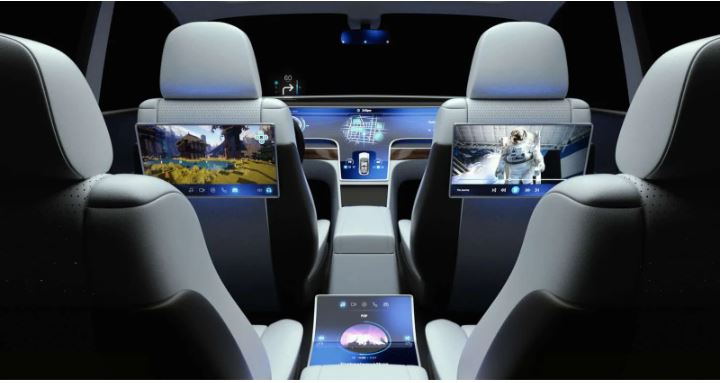
According to Jim McGregor, Principal Analyst at TIRIAS Research, “Generative AI in auto will also be the proving grounds on how to best create a hybrid AI solution that takes advantage of in-vehicle execution for basic functions that require real-time interaction with the complex models residing in the cloud; that combine information from the vehicle and potentially other vehicles, infrastructure systems and other data sets. In many cases, the solution will incorporate both in-vehicle and cloud AI processing turning the vehicle into the ultimate intelligent autonomous platform.”
In the future, generative AI capabilities could well be fully on device. As more processing moves to the edge, the possibilities for AI-driven experiences in the vehicle will continue to grow. Taking personalization to the next level, generative AI will allow digital assistants to create content relevant to each individual user, creating endless possibilities for user-generated content in next-generation vehicles.
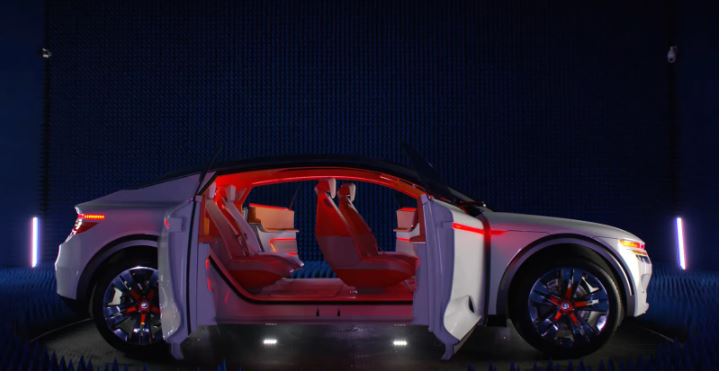
Making in-vehicle generative AI a reality
The new system we’re describing — one that seamlessly cycles between generative responses and multiple real-time data sources — isn’t something many businesses can easily build from the ground up. It requires experience with AI, voice technology and knowledge of how users typically use voice technology in their vehicles.
That’s why SoundHound and Qualcomm Technologies, Inc. are working together to demonstrate the exciting reality of what a generative AI integration can bring to vehicles by introducing SoundHound Chat AI for Automotive to the Snapdragon Digital Chassis concept vehicle.
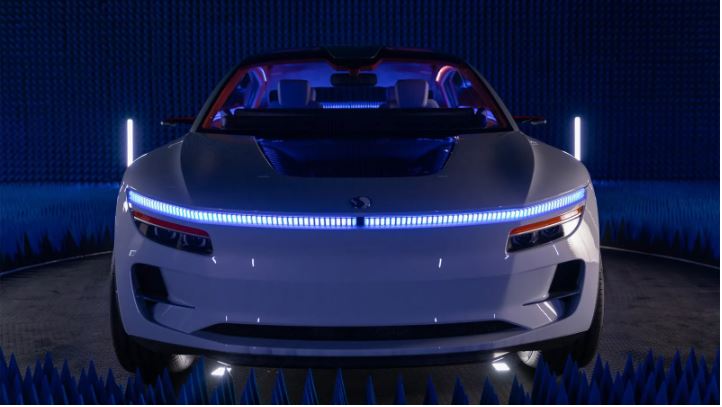
The first available voice assistant with generative AI capabilities, SoundHound Chat AI for Automotive gives automakers the means to deliver new kinds of user experiences. Through this platform, drivers and passengers can ask just about any question and receive a response from a system that can draw upon more than 100 information domains — including any third-party Large Language Model — while intelligently arbitrating to select the most relevant response.
Powered by the Snapdragon Digital Chassis and scalable AI-based Snapdragon Cockpit Platform, this new demo will leverage the Qualcomm AI Stack and industry-leading performance per watt hardware with SoundHound’s edge and cloud products to allow reliable and quick, free-flowing conversational queries.
The technology is here and available now, giving automakers the opportunity to redefine the travel experience. Uniquely positioned to drive usage and trust of these systems, automakers can empower the entire transportation ecosystem to position themselves at the very heart of how people live, work and transact for years to come.


